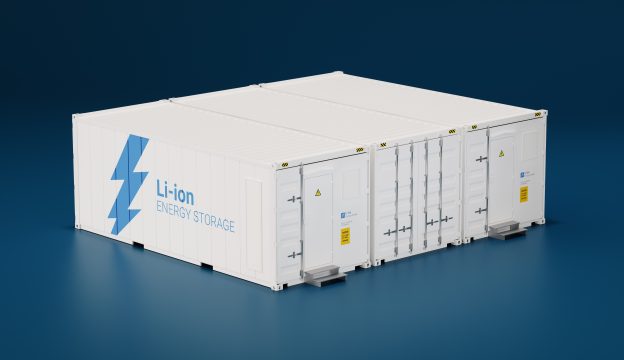
Global solar thermal energy storage technology provider SolarReserve has awarded the CSP APOLLO program from the U.S. Department of Energy SunShot Initiative. SunShot Initiative hopes to drive improvements in CSP technology so they chose SolarReserve to take over the program, expecting lower the cost of solar electricity and all-day-long sustainable power solutions.
The Concentrating Solar Power: Advanced Projects Offering Low LCOE Opportunities (CSP: APOLLO) program funds research and development projects to improve the performance and increase the efficiency of CSP plants. CSP technology is an economic renewable technology that is able to generate solar power even during at night because the structure stores the heat generated by the sun at day for producing power all the day.
"We are excited to participate in the SunShot Initiative and aggressively drive innovation that will deliver affordable clean energy to American homes and businesses," said Kevin Smith, SolarReserve's CEO. "Through this award, we can help make lasting change and further CSP's ability to replace traditional forms of electric power generation in terms of functionality, energy storage, and lower costs."
SolarReserve will co-fund the solar technology advancements along with $2.4 million in funding from the Energy Department, and will work with the University of California, San Diego and Trex Enterprises Advanced Materials Group to benefit from their expertise in selective absorber coatings and ceramic production, respectively.
CSP Technology
SolarReserve's U.S.-developed CSP technology with molten salt energy storage captures and stores the sun's power to reliably provide electricity whenever it's needed most, even after the sun has set. Thousands of tracking mirrors called heliostats follow the sun throughout the day and reflect and concentrate sunlight onto a large heat exchanger called a receiver that sits atop a central tower. Within the receiver, molten salt flows through piping that forms the external walls, absorbing the heat from the concentrated sunlight. After passing through the receiver, the high temperature molten salt flows down the piping inside the tower and into an insulated thermal energy storage tank. When electricity is required, day or night, the high temperature molten salt is passed through a steam generation system to produce high-quality superheated steam to drive a standard steam turbine at maximum efficiency, generating electricity. The steam generation process is identical to the process used in conventional gas, coal or nuclear power plants, except that it is 100 percent renewable with zero harmful emissions or waste and zero fossil fuel.
"Today, the molten salt is heated from 550F to 1050F," said Tim Connor, SolarReserve's VP of Engineering and Technology. "The SunShot CSP APOLLO award will be used for development of an innovative 1350F ceramic receiver that breaks through current temperature and performance barriers, while meaningfully increasing efficiency, energy storage capabilities and lowering capital cost."
Connor added, "With the successful design, engineering, fabrication and erection of the world's largest capacity molten salt tower receiver at our Crescent Dunes Solar Energy Project in Nevada, SolarReserve has established itself as the industry leader in commercializing molten salt power tower and energy storage technology. The SunShot award enables us to continue our commitment to technology innovation and to continue lowering delivered cost of electricity with the added benefit of round-the-clock electricity availability through energy storage."







